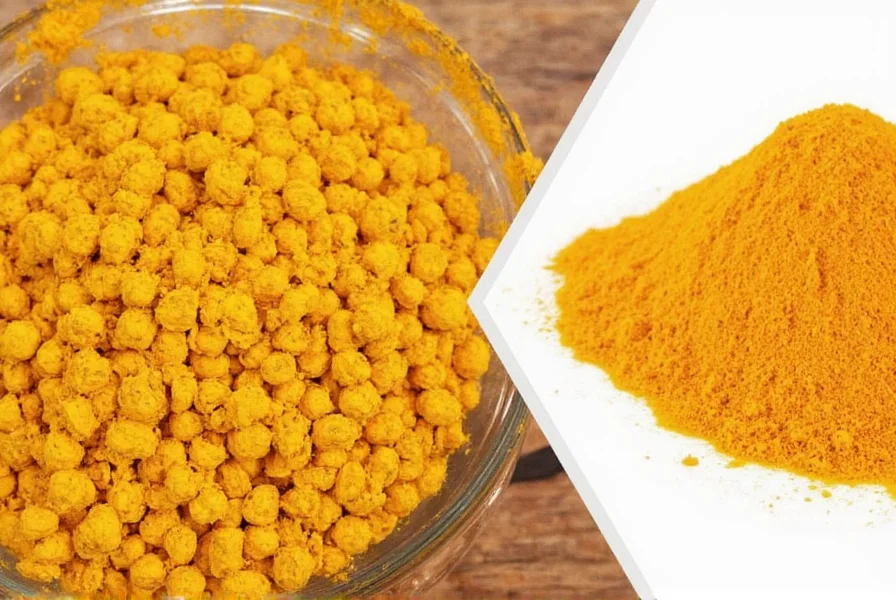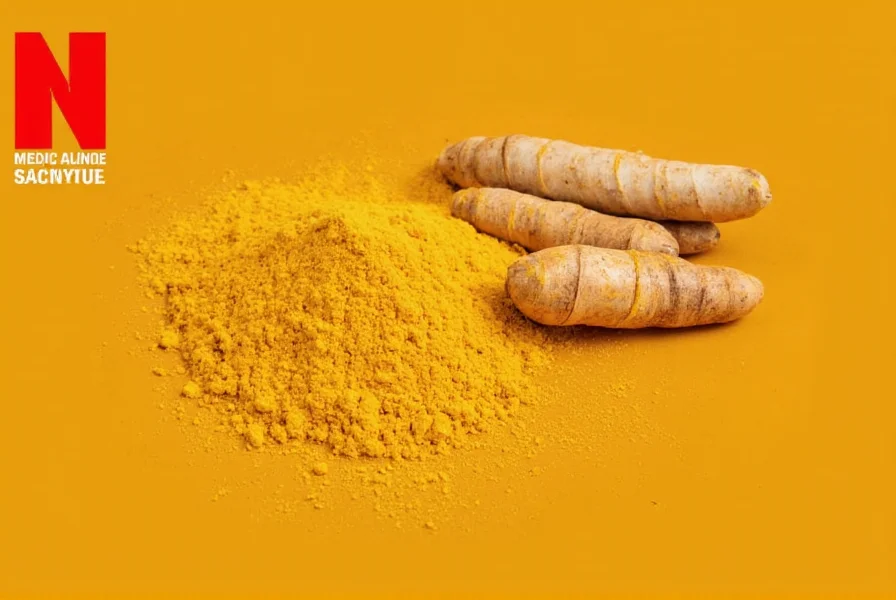Consuming too much turmeric can cause digestive issues, increase bleeding risk, and interact with medications. The safe daily limit is generally 500-2,000 mg of curcumin (turmeric's active compound), but individual tolerance varies. Culinary use in food is typically safe, while supplements require caution, especially for those with gallbladder issues, bleeding disorders, or taking blood thinners.
While turmeric offers impressive health benefits, understanding appropriate consumption levels is crucial for safety. This golden spice contains curcumin, a potent compound with anti-inflammatory properties, but like many beneficial substances, more isn't always better. Excessive intake can transform health-promoting turmeric into a potential health risk, particularly when consumed in concentrated supplement form rather than as a culinary spice.
Understanding Turmeric Consumption Limits
The distinction between culinary turmeric and turmeric supplements is critical when discussing safe consumption levels. When used as a spice in cooking, turmeric rarely causes problems because typical dietary amounts contain relatively low concentrations of curcumin. However, turmeric supplements deliver concentrated doses that can reach pharmacological levels, creating potential for adverse effects.
According to clinical research, the generally accepted safe daily intake of curcumin ranges from 500 to 2,000 mg. This translates to approximately 1-3 grams of turmeric powder daily for culinary use. The World Health Organization suggests an acceptable daily intake of 0-3 mg of curcumin per kilogram of body weight. Individual factors including age, health status, and medication use significantly influence personal tolerance levels.
| Consumption Method | Typical Curcumin Content | Safe Daily Limit | Notes |
|---|---|---|---|
| Culinary turmeric (powder) | 2-8% curcumin | 1-3 grams | Rarely causes issues in cooking amounts |
| Standardized curcumin supplements | 95% curcumin | 500-2,000 mg | Requires medical consultation for long-term use |
| Enhanced absorption supplements | Varies (often 25-50% curcumin) | Follow product guidelines | May have higher bioavailability and risk |

Common Side Effects of Turmeric Overconsumption
Exceeding recommended turmeric intake levels can trigger various adverse reactions. The most frequently reported symptoms of too much turmeric include:
- Digestive disturbances: Nausea, diarrhea, and stomach upset are the most common reactions to excessive turmeric consumption
- Increased bleeding risk: Turmeric may enhance the effects of blood-thinning medications and increase bleeding time
- Heartburn or acid reflux: Particularly when consumed on an empty stomach in large amounts
- Allergic reactions: Skin rash or hives in sensitive individuals
- Headaches: Reported with high-dose supplementation
These symptoms typically appear when daily curcumin intake exceeds 2,000-3,000 mg, though sensitive individuals may experience effects at lower doses. Most side effects are mild and resolve after reducing intake, but certain populations face more serious risks from excessive turmeric consumption.
Who Should Exercise Extra Caution with Turmeric?
Certain health conditions and medication regimens require special consideration when consuming turmeric. Individuals with the following conditions should consult healthcare providers before using turmeric supplements:
- Gallbladder disease: Turmeric may worsen gallstones or bile duct obstruction
- Bleeding disorders: Turmeric's blood-thinning effects can increase bruising and bleeding risk
- Diabetes: May enhance blood sugar-lowering effects of medications
- Pregnancy and breastfeeding: High doses may stimulate uterine contractions
- Iron deficiency: High curcumin intake may interfere with iron absorption
People scheduled for surgery should discontinue turmeric supplements at least two weeks beforehand due to bleeding risks. Those taking medications including blood thinners, diabetes medications, or certain chemotherapy drugs should discuss turmeric use with their healthcare provider to avoid potentially dangerous interactions.
Long-Term Risks of Chronic Excessive Turmeric Consumption
While occasional overconsumption typically causes only temporary discomfort, consistently exceeding safe turmeric limits may lead to more serious health concerns. Research suggests potential long-term risks include:
- Liver function changes: High-dose curcumin supplementation has been associated with elevated liver enzymes in some cases
- Drug interactions: Chronic use may interfere with metabolism of various medications
- Nutrient absorption issues: May affect absorption of iron and other minerals with prolonged high intake
- Hormonal effects: Theoretical concerns about estrogenic activity at very high doses
A 2020 review published in Food and Chemical Toxicology noted that while turmeric is generally safe at culinary doses, long-term high-dose supplementation requires medical supervision. The review highlighted that most adverse effects occur with doses exceeding 8 grams daily, but individual sensitivity varies significantly.
What to Do If You've Consumed Too Much Turmeric
If you suspect you've consumed excessive turmeric, follow these evidence-based steps:
- Stop further consumption immediately to prevent additional intake
- Drink water to help flush the system and dilute concentration
- Eat bland foods like crackers or toast if experiencing digestive upset
- Monitor symptoms for 24-48 hours for any worsening conditions
- Seek medical attention if experiencing severe symptoms like persistent vomiting, significant bleeding, or allergic reactions
For supplement-related concerns, keep the product container available to show healthcare providers the exact ingredients and dosage. Never induce vomiting unless directed by a medical professional. Most mild symptoms resolve within 24 hours after discontinuing turmeric intake.
Preventing Turmeric Overconsumption
Adopt these practical strategies to safely enjoy turmeric's benefits without risking negative effects:
- Start with low doses when beginning supplementation and gradually increase
- Choose supplements with clear labeling of curcumin content
- Follow recommended dosage instructions rather than "more is better" approach
- Consider taking turmeric with food to reduce digestive side effects
- Space out multiple supplement doses throughout the day rather than taking at once
- Consult healthcare providers before starting supplementation if you have health conditions
Remember that culinary use of turmeric in cooking rarely causes problems. The primary concerns about too much turmeric apply mainly to concentrated supplements. When using turmeric as a spice in food preparation, typical amounts of 1-3 grams daily pose minimal risk for most healthy adults.

Evidence-Based Turmeric Consumption Guidelines
Research supports specific approaches to maximize benefits while minimizing risks of turmeric consumption:
- Pair with black pepper: Piperine in black pepper increases curcumin absorption by up to 2,000%, allowing lower doses to be effective
- Combine with healthy fats: Curcumin is fat-soluble, so consuming with oils enhances absorption
- Cycle supplementation: Consider taking breaks from turmeric supplements to prevent potential buildup
- Monitor your response: Pay attention to how your body reacts to different doses
- Choose quality products: Look for third-party tested supplements with transparent ingredient lists
A systematic review in Nutrients journal concluded that doses of 500-1,500 mg of curcumin daily provide optimal benefits with minimal risk for most adults. The review emphasized that individual responses vary significantly, making personalized dosing important for safety.











 浙公网安备
33010002000092号
浙公网安备
33010002000092号 浙B2-20120091-4
浙B2-20120091-4